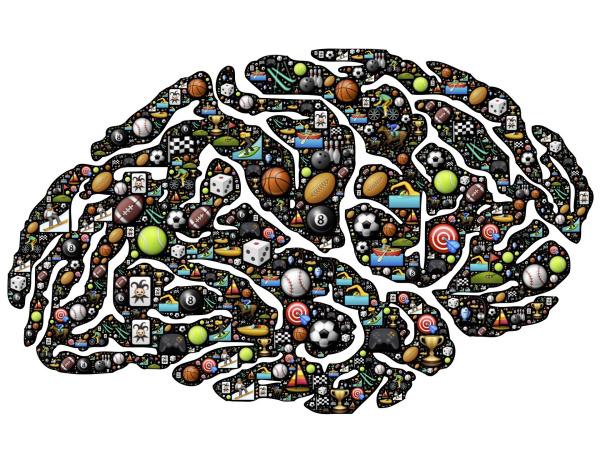“It is good news that the brain can recover from a hit if given enough time to rest and recover,” stated a Georgetown University-based research team member regarding the results of a 2016 study. Two years ago, this medical study was seen as state-of-the-art and ‘first-of-its-kind’. Early last month, the newly updated mild tbi guidelines released by the CDC retained the advisement that ‘brain rest’ is necessary for successful recovery. The New York State Department of Health online recommends that adults with brain injuries get plenty of sleep and plenty of rest and avoid physically and mentally demanding activity. Rest has always been the key word in every recovery advisory.
Doctors and the government, though, seem to be just as perplexed about how to optimize recovery as survivors do: three days before the recommendation for ‘brain rest’ came out, the CDC advised, “Counsel patients and their parents/caregivers to return gradually to non-sports activities after NO MORE than 2-3 days of rest.” Another 2016 study found that children recover from mild brain injury faster when they are physically active. Last month, Discover magazine published the results of a Columbia University study of brain injury recovery in mice, which found early reintroduction to activity sped recovery. This multi-year study on the cerebral cortex of the brain found that this more primitive region of the brain may be more involved/important that previously thought.
However, the results of this study are not all encompassing. The rats were given a brain injury similar to that of a stroke. A stroke is just one form of brain injury. Additionally, while the brain has a “remarkable capacity to adapt in response to trauma,” physical injury or other traumas to the brain, such as coma, may prevent early activity. The Columbia University scientists note that the results of their study may be groundbreaking for patients “in some cases”. Given the number of brain injuries incurred annually, “some cases” may be able to help many patients.

